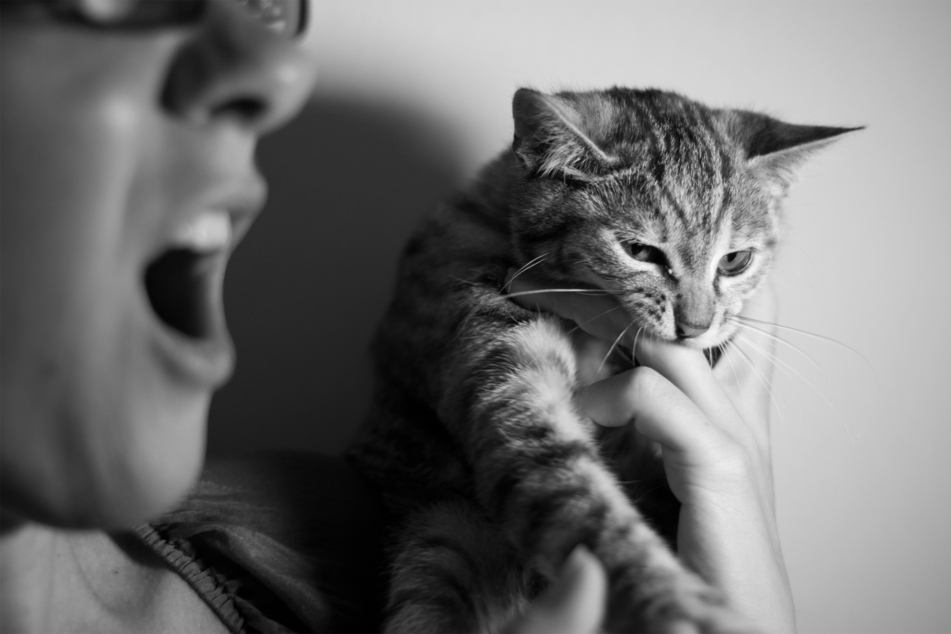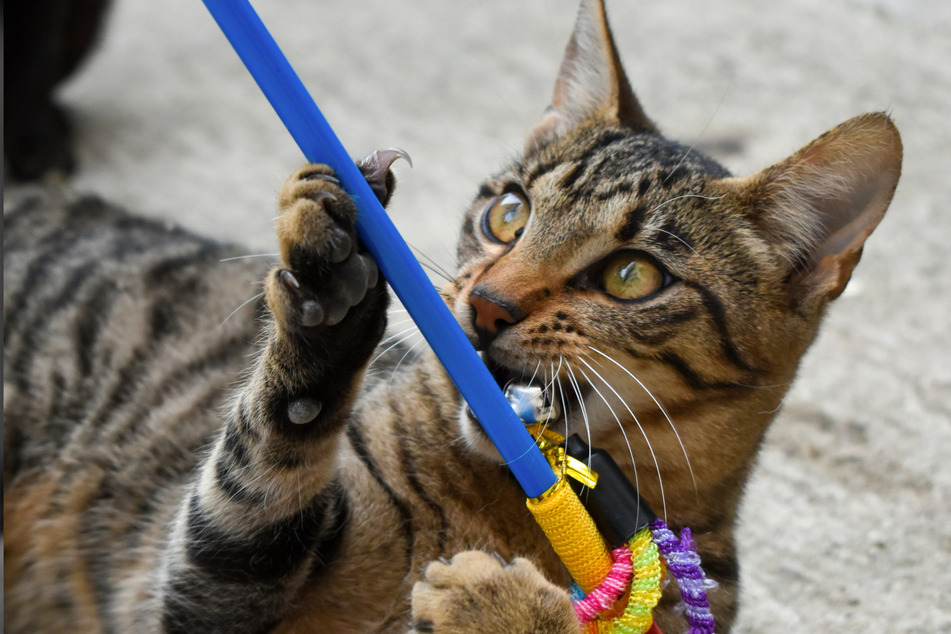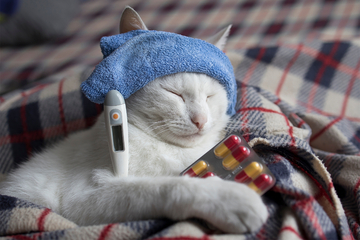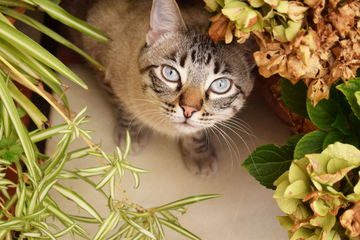Cat bites: Treatments, causes, and complications
It's important for any cat owner to be ripe and ready to get a few scratches and bites here and there. When you've just been bitten, though, there are a few things you should do just to be safe.

For the most part, cats are a lovely and welcome part of any household. Yet, every cat has a temper when things don't go the way they want them to go, and some of those cats will lash out from time to time.
What's important to know as a cat owner, though, is why your kitty might be biting and what you can do to treat cat bites in a safe and sanitary way.
Why does my cat bite me?
There are a variety of reasons why cats bite their owners, some more concerning than others. As we discussed in our extensive guide on why cats bite, it generally comes down to one of four things: Anger or aggravation, playfulness, accidental nipping, and love bites.
None of these factors are, when left on their own, anything to really worry about. What becomes concerning, though, is when a cat suddenly starts regularly and intensely biting and scratching you when previously it was docile and relatively safe to be around.
Important: If your cat's behavior has suddenly and inexplicably changed, making it a more violent and confrontational kitty, it's time to take it on a trip to the vet so that it can be checked out and treated for physical or mental illness.

Cat bite infections and risks: When bites get complicated
The problem with a cat bite is not the initial pain or shock of being attacked (after all, most cat bites or scratches are pretty minor, to begin with), but rather, what happens when that same bite is not treated properly.
As clean as your cat may be, it can still carry nasty bacteria and viruses within its mouth, and bites can still get infected if not looked after. There are even a variety of particularly nasty outcomes that can come from cat bites, many of which deserve to be looked at in detail.
Here are some of the worst side effects and risks of cat bites:
- Bacterial infections: The teeth of your cat are quite likely to carry a range of bacteria that could get into your bloodstream and cause havoc. This is not the fault of your cat and is, indeed, even a problem if you get bitten by a human. There are a few particular risks to identify, though.
- Pasteurella multocida: This bacteria is common among birds and, as a result, can be found on the teeth of hunting cats. In humans, it initially just seems like a mild tissue inflammation but quickly escalates to something that attacks the respiratory tract and can even cause swelling in the lymph nodes. There are a number of other similar bacteria that can also cause significant damage.
- Cellulitis: Usually amounting from an otherwise superficial-looking infection, cellulitis will spread to the lymph nodes and bloodstream, attacking the legs, face, and arms. It can be seriously dangerous.
- Viruses and other diseases: There are a variety of quite major viruses, as well as other non-bacterial diseases, that can also be carried around by your cat. In such situations, your doctor should be able to help you identify and treat whatever it is that has transferred over to you.
- Infected bite wounds: Cat bites can also become infected after the fact, often because of poor sanitation and a failure to cover the wound in an appropriate band-aid or bandage. These infections can be caused by foreign bodies entering the wound and causing problems.
Important: Cat bites can be quite dangerous when not looked after and treated properly. When things escalate, it's time to step away from home treatment and instead go to the doctor for some help.
Cat bite treatments

Treating a cat bite properly is key to reducing the risk of infection and future health issues. While most people know that they need to clean and dress the wound, some don't, so it is worth going through the process carefully and precisely. After all, you don't want to lose your hand, do you?
Here's the best way to treat a cat bite
Step 1: Immediately after getting bitten, rigorously clean the wound in running water for at least five minutes. Don't scrub too much (you don't want to make the wound worse), and don't use any strong disinfectants yet.
Step 2: Clean the wound with a mild soap, making sure that it cleans all exposed bits of skin around the bite as well to avoid bacteria from your skin getting inside.
Step 3: If the bite is bleeding, you need to apply constant and direct pressure to it with some kind of absorbent cloth or bandage (but not anything that'll deteriorate, like toilet paper or paper towel). Continue to apply this pressure until the bleeding has stopped, then re-clean the wound lightly again, taking care not to reopen the bite.
Step 4: Apply a mild disinfectant or antiseptic to the wound and allow it to soak in.
Step 5: Depending on the size and extent of the bite, either cover it with a band-aid or a bandage, making sure that whatever you use is clean and fresh.
Step 6: Check back and replace the covering regularly to make sure that it is healing properly. If it is not or is getting infected, seek medical advice immediately.
For the most part, if you clean and look after a cat bite, you can expect a relatively painless affair, with minimum swelling and a relatively low chance of infection. If things get bad, though, it might be worth a trip to your local GP.
Cover photo: Unsplash/Alberto Bigoni



